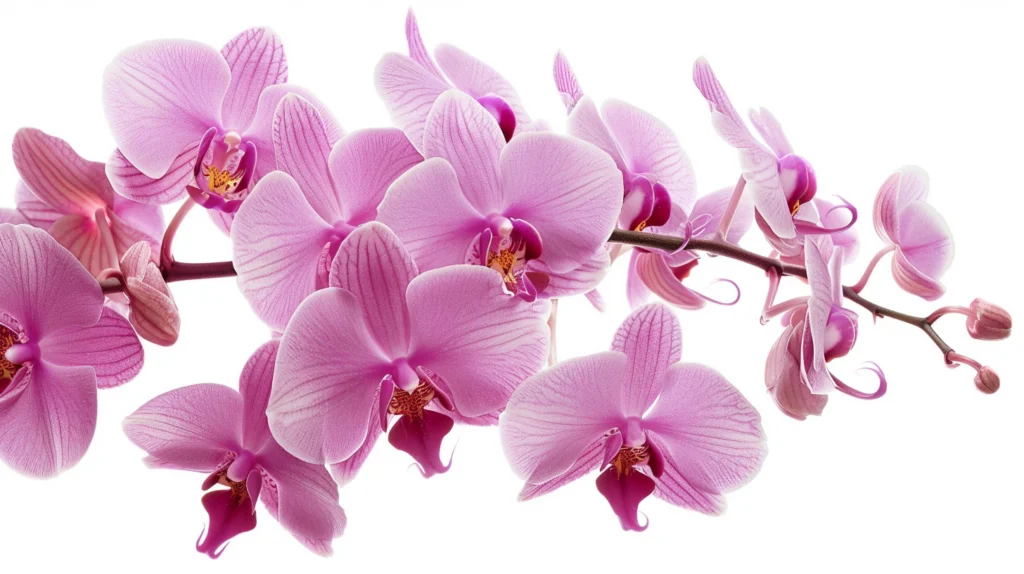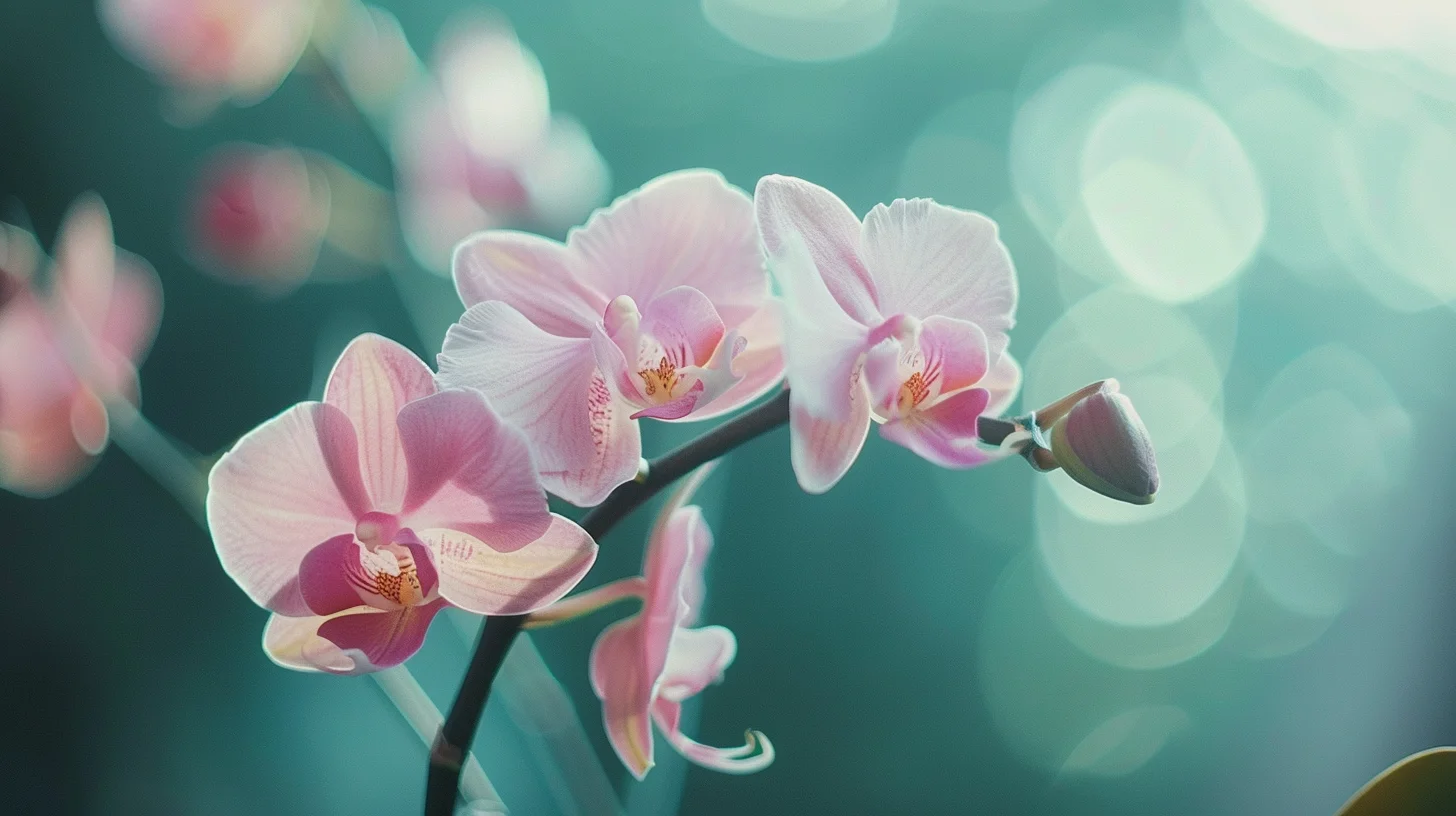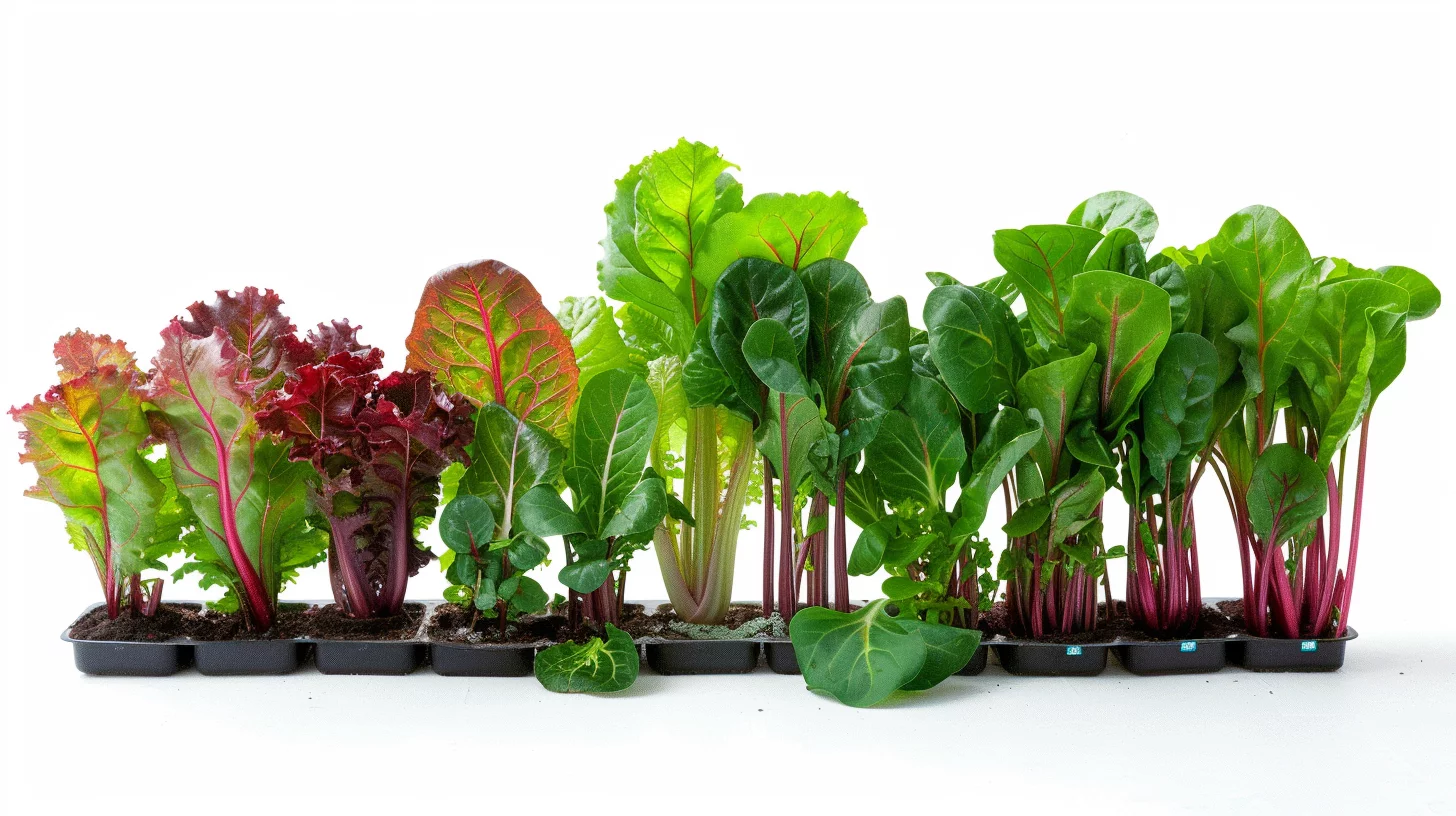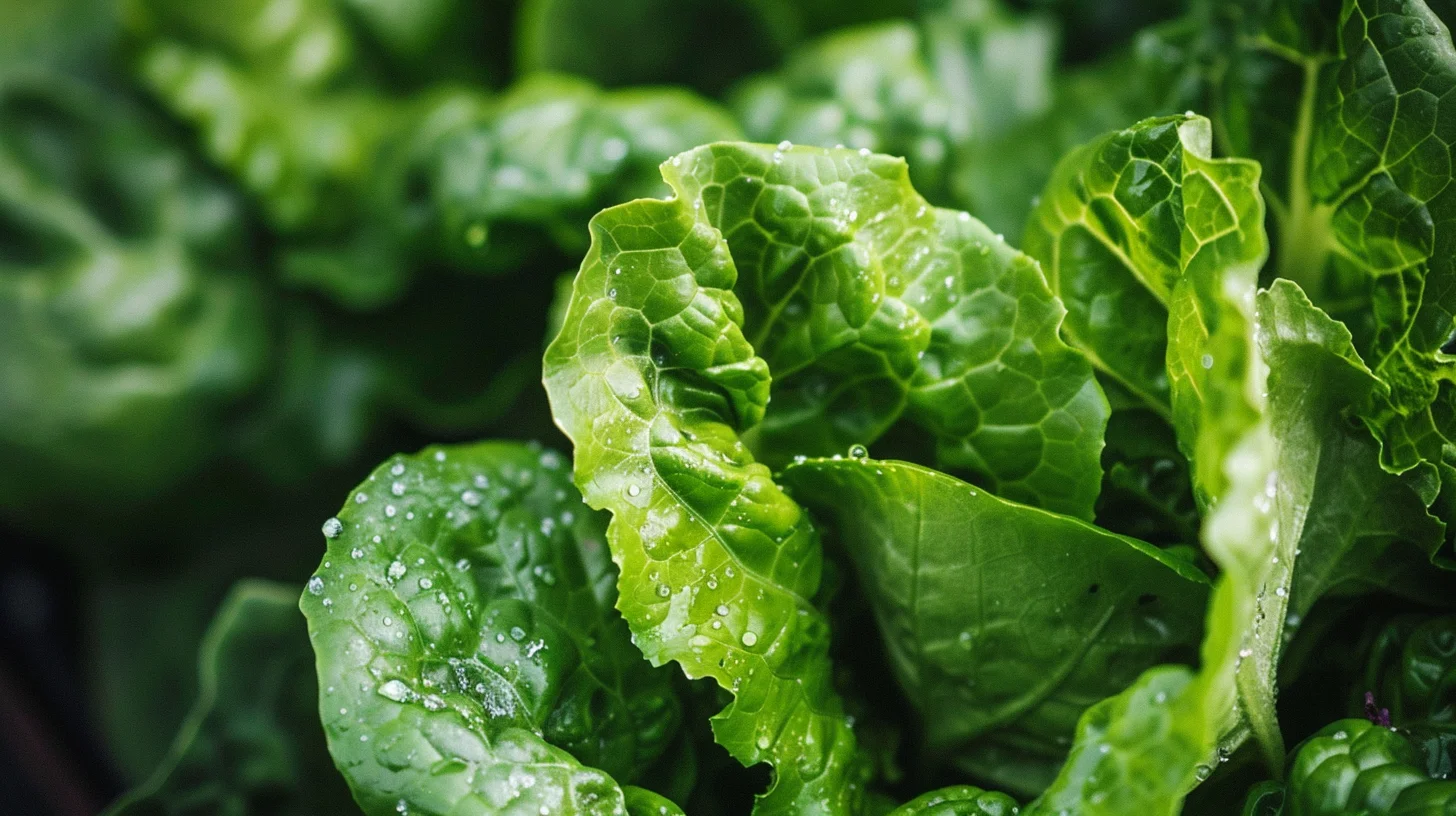Hydroponic gardening has become an increasingly popular way to grow plants, herbs, and vegetables indoors or in greenhouses. But did you know that orchids also thrive when grown hydroponically?
Hydroponics allows orchids to grow vigorously and produce prolific blooms by giving their roots constant access to nutrient-rich water. This enables precise control over the nutrients that orchids receive and the environment they grow in.
In this complete guide “Can I Grow Orchids Hydroponically”, we’ll cover everything you need to know about cultivating stunning, healthy orchids hydroponically including:
- Benefits of hydroponic orchid growing
- Types of hydroponic systems suitable for orchids
- Setting up your hydroponic orchid system
- Transplanting techniques from soil to hydroponics
- Ongoing orchid care and maintenance
- Troubleshooting common hydroponic orchid problems
So let’s get started growing these gorgeous flowers hydroponically!
What are Orchids?
Orchids are a diverse and widely distributed family of blooming plants with over 25,000 species. Though found on every continent except Antarctica, most orchid species originate from tropical regions like South America, Southeast Asia, and Australia.
These elegant blooms are epiphytes, meaning they grow on other objects rather than rooted in soil. In the wild, orchids attach their roots to tree branches or rock crevices absorbing moisture and nutrients from the air and rain.
Orchids produce colorful, uniquely shaped flowers and have adaptable growing habits that lend themselves well to hydroponic cultivation. Popular hybrids like Phalaenopsis, Dendrobium, Oncidium, and Cattleya orchids are most commonly grown as houseplants.
Why Grow Orchids Hydroponically?
There are many advantages to growing orchids in hydroponic systems:
- Grow orchids anywhere – hydroponics allows growing orchids in non-tropical climates indoors or in greenhouses.
- Precise control over nutrients – the exact mineral composition and pH can be monitored and optimized.
- Prevents diseases – hydroponic culture significantly reduces fungal and bacterial diseases.
- Faster growth – with constant access to water/nutrients orchids mature faster.
- Higher yields – hydroponic orchids can bloom up to 3 times per year with proper care.

Hydroponic Systems for Orchids
Several types of hydroponic systems can successfully grow orchid plants:
Deep Water Culture
Also known as raft systems, orchid roots hang down into an aerated nutrient solution while the crown stays above the water.
Nutrient Film Technique
A very shallow stream of nutrient solution runs through channels where orchid roots grow.
Ebb and Flow or Flood and Drain
Orchid roots alternately flood with nutrient solution and then drain.
Aeroponics
Plant roots are misted with nutrient solution. No growing medium is used besides air.
Aggregate Culture
Inert growing media like perlite, vermiculite, LECA clay pebbles support orchid roots.
Mediumless systems like DWC and NFT offer the most precise control but can dry out quickly. Aggregate materials help retain moisture for roots.
Setting Up a Hydroponic System for Orchids
To set up a hydroponic orchid system:
- Select system type – DWC, NFT, aeroponics etc.
- Obtain setup components – reservoir, growing trays/channels, tubing, timer, air pump etc.
- Assemble system according to design.
- Add nutrient solution formulated specifically for orchids. Maintain optimal water chemistry.
- Mount/support orchid plants above system with roots suspended.
Monitor water temperature, pH, dissolved oxygen, and electrical conductivity (EC) levels. Maintain nutrient solution hygiene.
Transplanting Orchids to Hydroponics
Follow these steps when moving an orchid from a traditional potting mix to a hydroponic system:
- Select a healthy, active orchid plant. Discard any diseased or damaged plants.
- Remove from current container and gently wash away old potting medium.
- Trim any dead or dying roots with sterilized shears. Live roots should be green/silvery.
- Thoroughly rinse remaining healthy roots under running water.
- Insert cleaned roots into hydroponic system like clay pebbles or suspend over reservoir.
- Secure plant in place until roots establish anchors. Monitor new root growth.
Caring for Hydroponic Orchids
To sustain optimal orchid health and flowering in hydroponics:
- Check nutrient solution levels daily and replace reservoir water weekly.
- Prune excessive roots and train air roots to grow into solution.
- Provide 12-14 hours of bright, indirect light from fluorescent or LED grow lights.
- Maintain temperatures between 65-80°F and 50-70% relative humidity.
- Circulate air flow using small fans.
- Inspect regularly for pests like aphids, mealybugs, or thrips. Treat any infestations immediately.
- Watch for signs of diseases and maintain strict hygiene practices.
Harvesting Flowers and Reblooming Orchids
- Use sterilized shears to cut flower spikes once all blooms drop. Promotes reblooming.
- Allow keikis (baby orchid plants) to fully develop roots before removing and repotting.
- To rebloom, resume fertilizing and optimal lighting conditions after flowering. Can take a few months.
- Mature orchids may rebloom 1-3 times per year depending on species and growth conditions.

Common Hydroponic Orchid Problems and Solutions
Here are some common problems that can occur when growing orchids hydroponically along with proposed solutions:
Root Rot
Caused by overwatering, waterlogged conditions, or insufficient oxygen to roots. Roots appear brown/black and mushy.
- Improve water aeration with air pumps and ventilation.
- Allow more time between flood cycles for roots to dry.
- Replace reservoir water more frequently.
Nutrient Deficiencies
Result from insufficient macronutrients like nitrogen, phosphorus, or potassium for growth. Leaves yellow and plant is stunted.
- Test and adjust hydroponic nutrient solution to optimal ppm and pH range.
- Increase concentration for faster feeding orchids.
- Use an orchid specific formula.
Algae Growth
Excess light and nutrients cause algal bloom. Green hair-like algae coats roots and system components.
- Cover reservoirs to block light.
- Introduce beneficial bacteria or enzymes to digest organics.
- Limit light exposure to 12 hours daily.
Fungal Diseases
Fungal pathogens cause issues like root/stem rot, leaf spots, blights. High humidity encourages spread.
- Improve air circulation and reduce humidity.
- Remove and destroy infected plant parts.
- Apply fungicidal agents like hydrogen peroxide or copper sulfate.
Pests
Spider mites, thrips, aphids, and other bugs infest plants. They leave visible damage and excrement.
- Remove pests with insecticidal soap, neem oil, or horticultural oils.
- Introduce biological control agents like ladybugs or lacewings.
- Set sticky traps and monitor for reinfestation.
Equipment Failure
Pumps, timers, air stones, and other equipment can malfunction causing system crashes.
- Install fail safes like overflow valves and backup air pumps.
- Monitor equipment and replace worn parts.
- Setup automatic alerts if pumps fail or reservoirs deplete.
Conclusion
Growing orchids hydroponically offers numerous advantages for maximizing their health and blooms. With the right system setup and care regimen, orchids thrive with constant access to nutrients and ideal growing conditions. This complete guide covers all key aspects of hydroponic orchid cultivation to help you successfully grow these stunning flowers.
The precision and control of hydroponics can help preserve rare and endangered orchid species by allowing their propagation indoors. As you explore the wonderful world of orchids, consider setting up a hydroponic system to unleash their full beauty and growing potential.



